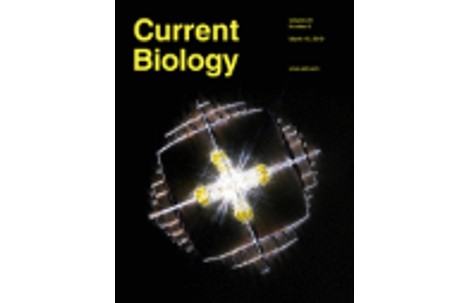Published in: Current Biology
Authors: Pierre de Villemereuil, Alexis Rutschmann, Kate Lee, John Ewen, Patricia Brekke & Anna Santure
Abstract:
Threatened species face numerous threats, including future challenges triggered by global change. A possible way to cope with these challenges is through adaptive evolution, which requires adaptive potential. Adaptive potential is defined as the genetic variance needed to respond to selection and can be assessed either on adaptive traits or fitness. However, a lack of high-quality data has made it difficult to rigorously test adaptive potential in threatened species, leading to controversy over its magnitude. Here we assess the adaptive potential of a threatened New Zealand passerine (the hihi, Notiomystis cincta) based on two populations: (1) the sole remaining natural population, on the island of Te Hauturu-o-Toi, and (2) a reintroduced population with a long-term dataset (intensively monitored for 20 years) based on the island of Tiritiri Matangi. We use molecular information (reduced representation genome sequencing, on both populations), as well as long-term phenotypic and fitness data from the Tiritiri Matangi population, to find (1) a lack of molecular genetic diversity at a genome-wide level in both populations, (2) low heritability of traits under selection and (3) negligible additive genetic variance of fitness in the Tiritiri Matangi population. In combination, these results support a lack of adaptive potential in this threatened species. We discuss our findings within the context of other passerines and methods for assessing adaptive potential, as well as the impact of these results on conservation practice, for the hihi and species of conservation concern in general.
You can download the article here
